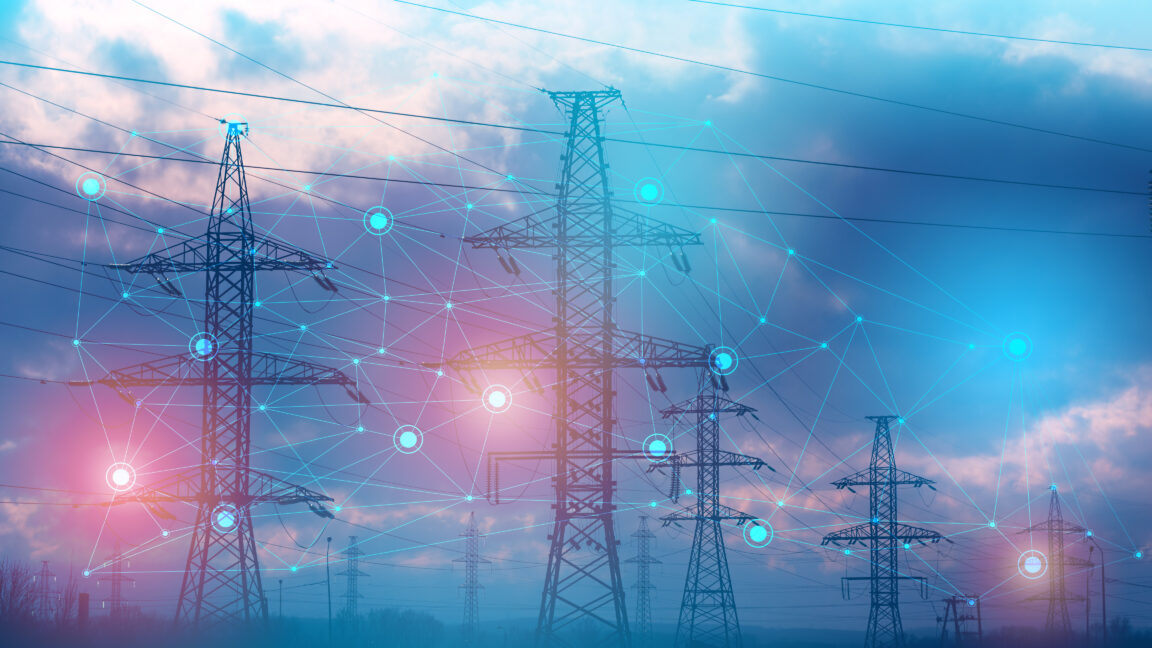
Can we make AI less power-hungry? These researchers are working on it.
- 24.03.2025 11:00
- arstechnica.com
- Keywords: AI, Energy Consumption, Data Centers, Nvidia, OpenAI, Google, Meta, AlexNet, ML Energy Initiative, GPU, Transformer Models, Quantization, Pruning, Perseus, ZeusMonitor, Moore’s Law, Photonic Chips, 2D Semiconductors
AI models' growing power consumption is driving researchers to optimize efficiency through techniques like pruning and quantization, while also exploring advanced hardware and data center management to reduce energy use. Despite progress, transparency from companies about AI energy demands remains a challenge.